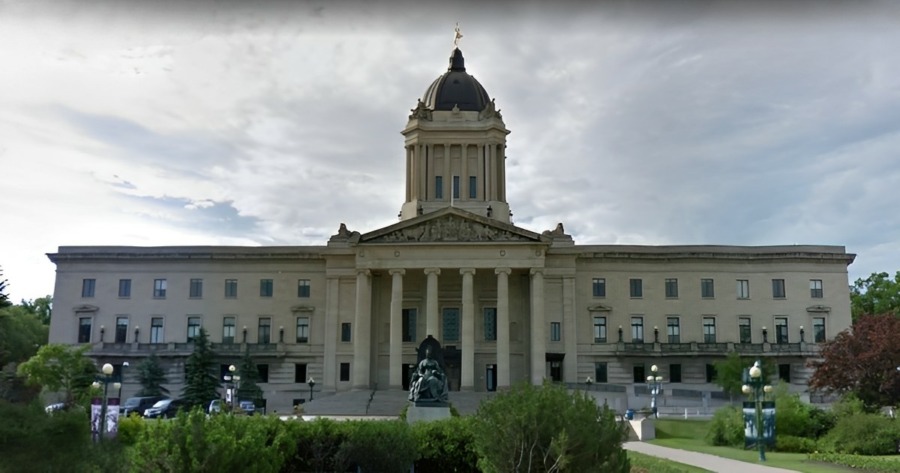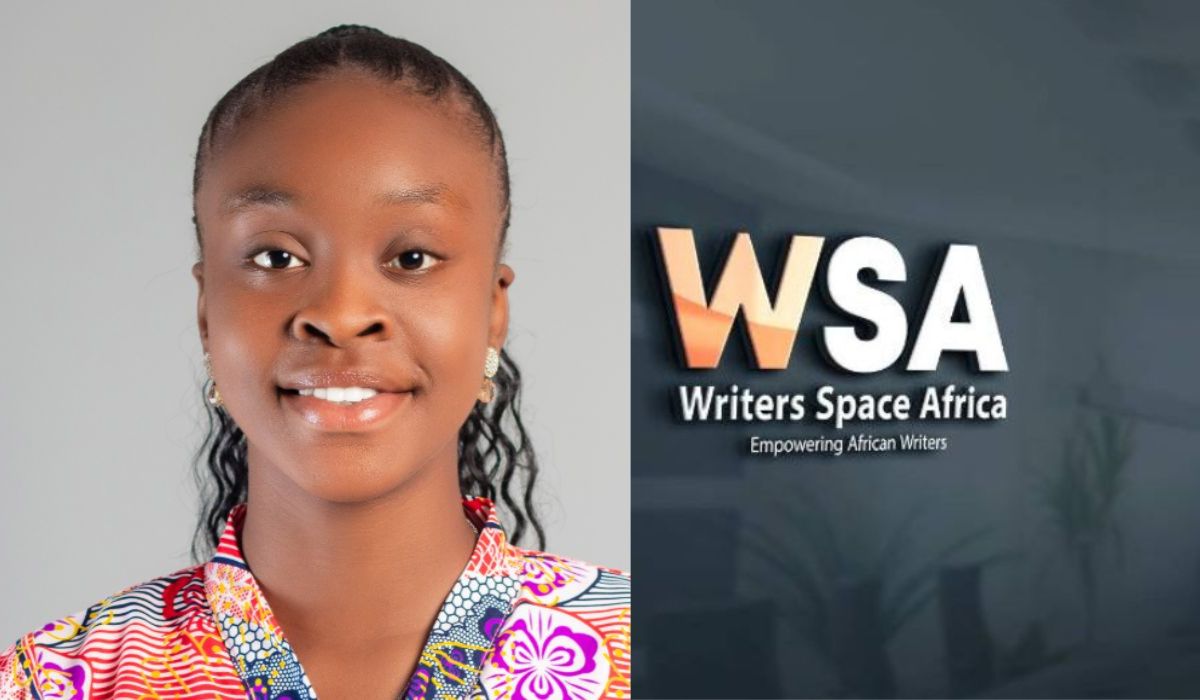Manitoba’s 43rd General Election: A Crucial Decision for the Future
- Naomi Dela Cruz
- Trending
- Western Canada
- September 5, 2023

Today, Premier Heather Stefanson is set to ask Lieutenant Governor Anita Neville to dissolve the legislature, officially marking the commencement of the 43rd General Election in Manitoba. The stakes are high, and this election is poised to be a battle of ideologies, policy proposals, and leadership between the Manitoba Progressive Conservative Party and the Official Opposition, the New Democratic Party (NDP), led by Wab Kinew.
As the campaign trail heats up, healthcare, surgery backlogs, and collective bargaining agreements have emerged as the hot-button issues that will shape the discourse and influence the choices of Manitobans. The province’s healthcare system, in particular, has faced mounting challenges, from addressing surgery backlogs exacerbated by the COVID-19 pandemic to contentious negotiations over collective bargaining agreements. These issues have left voters with distinct choices to make as they head to the polls on October 3.
At the outset of this election year, the NDP enjoyed a substantial 15-point lead in the polls. However, as the campaign unfolds, it’s evident that this lead has been significantly eroded, transforming this election into a genuine toss-up. Many pundits and political observers are now speculating about whether the Manitoba PC Party can secure another term in office, potentially with a slim majority or even a minority government.
The Liberal Party has also made its presence felt in this election, with several strong candidates aiming to flip seats in key constituencies such as Burrows, Southdale, Kirkfield Park, and Fort Whyte. While they face an uphill battle in a province traditionally dominated by the two major parties, a pick of one will give them official party status.
With the official drop of the writ, Manitobans can expect the familiar barrage of election promises, door knocking, robo calls, and a mailbox stuffed with campaign literature. Yet, beyond the campaign machinery, what this election truly comes down to is which party resonates the most with the citizens of Manitoba.
Each party is putting forth its vision for the future of the province, and Manitobans must weigh the pros and cons of each platform. They will evaluate the track record of the PC Party under Premier Stefanson’s leadership, the policy proposals of the NDP led by Wab Kinew, and the fresh perspectives offered by the Liberal Party’s candidates.
In this pivotal moment for Manitoba, voters will have the opportunity to shape the direction their province takes in the years to come. Will they opt for continuity with the current government, seek change with the NDP, or consider the Liberal Party’s alternative vision? The choices made on October 3 will have a profound impact on healthcare, labour relations, and the overall trajectory of Manitoba’s future.
As the election unfolds, the only certainty is that the outcome remains uncertain. The race is wide open, and the decision ultimately rests in the hands of Manitobans who will determine which party will form the next government. With a range of issues at the forefront and a province’s future on the line, this election is a crucial moment in Manitoba’s political history.








